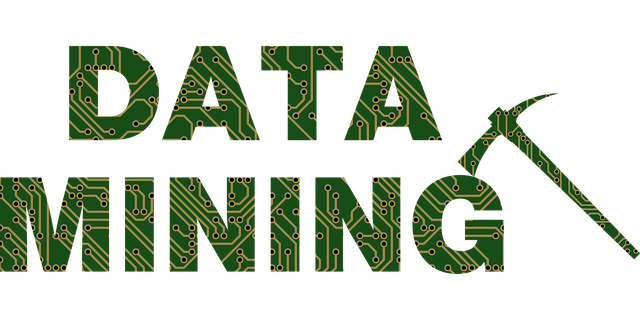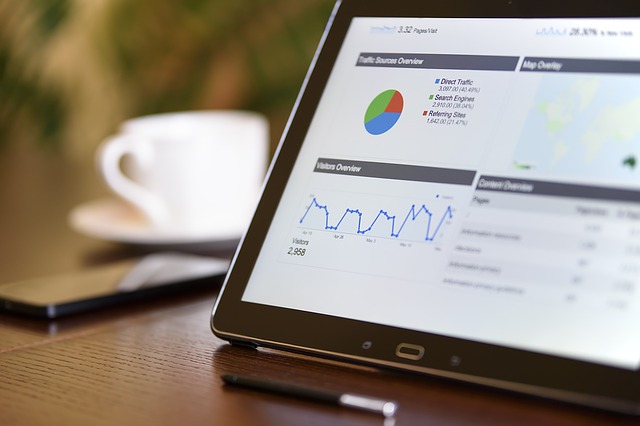The Difference Between OLAP and OLTP: Learn the Basics

Image from Pixabay
I was shopping the other day online and noticed that my personalized home page on Amazon had products similar to what I had purchased in the past. I began to wonder how Amazon compiled that information and what processing system they used to create the personalized homepage that I saw when I signed in.
In doing some research on that process, I came across the terms OLAP and OLTP. Both OLTP and OLAP are online processing system tools. However, I needed to do a little more investigating. I still wasn’t sure about the difference between OLAP and OLTP and understand how they are used together to create a composite tool for business analysis.
What Is The Difference Between OLAP And OLTP?
OLTP does transactional processing. It manages transaction-oriented applications as an online database processing system. An automated teller machine (ATM) is an example of an OLTP system. OLAP does analytical processing. It creates reports for analytical queries because it is a data analysis system. Examples of OLAP are financial or sales report.
What Is OLTP?
OLTP is a category of software programming that can support transaction-oriented applications online. A transaction is a sequence of distinct information exchanges that are lumped together as a unit.
An Online Transaction Processing system (OLTP) can modify databases. Using it, you can insert, delete, or update information in the database online. The transactions and processing time are short and require less space. It can handle simple queries.
Because OLTP databases are updated frequently, tables in the OLTP database are normalized (3NF) and must maintain the data integrity constraint. A business uses OLTP to keep track of daily transactions.

Image from Pixabay
Clerks or database professionals often use OLTP. It is designed for real-time business operations. The database design is modified to meet the needs of a particular business using it. For instance, a bank and an airline would need different information stored to analyze. Hence, their OLTP would be refined with those specific parameters in mind.
OLTP uses a traditional database management system. The information in an OLTP database is organized and detailed. The entire data system must be backed up regularly. An OLTP is essential in running and controlling basic business tasks. It is a market rather than consumer-oriented.
The space requirements can be relatively small if historical data is archived regularly. However, If there is a computer hardware failure, online transactions are affected. OLTP systems are typically decentralized to avoid single points of failure
Since the OLTP system permits multiple users to change and access the same data, some processing errors may occur because of the overlap. The system has a concurrency process that does not allow multiple users from changing the same data at the same time to reduce incidents of this type.
A critical characteristic of OLTP systems is atomicity. Atomicity ensures that if one step is not completed or fails, the process will not continue. All changes must be permanent to complete a transaction.
You use an OLTP system to add a product to your cart on Amazon. OLTP keeps track of the inventory of that particular item. You would not be able to place the object in your virtual cart if the OLTP shows that the quantity that you wish to order is not available.
What Is OLAP?
An Online Analytical Processing system (OLAP) can extract data for analyzation from OLTP databases. It stores historical data that was inputted by the OLTP. OLAP has longer processing times and less frequent transactions but can handle complex queries.
In contrast to OLTP, the tables are not normalized. The data integrity is not affected because the OLAP database does not undergo numerous modifications. Using OLAP, you can view different summaries of multi-dimensional data.
OLAP can generate a single platform that meets all types of a business’s analytical needs, including budgeting, planning, analysis, and forecasting. The information and the calculations are consistent across the board. OLAP makes it easy to apply security restrictions to protect sensitive data.
OLAP uses a data warehouse and may not be organized. It assists in problem-solving, planning, and decisions made by the company. It does not need regular backups since the information contained in the report can be requested again.

Image from Pixabay
OLAP design is subject-oriented and changes with the focus of the query. For instance, a sales report would have different parameters than a purchasing analysis.
OLAP is a process that is customer oriented. Company officials, like managers or CEOs, use the information generated to make business decisions. It is designed to analyze business transactions using attributes and categories as measurement tools.
The space required to run an OLAP analysis can be substantial. History data, aggregation structures, and the higher number of indexes contribute to this need for more space. OLAP maintenance often requires the skills of an IT professional. The system is complicated. In some instances, different departments must be able to share information for OLAP to create a composite report which adds to the complexity level.
The main component used in OLAP is the server, which is between the database management system and a client. The server can analyze the data collected and understands how the information is organized.
Amazon uses OLAP systems to analyze your online purchases and make recommendations based on those shopping trends. This data collection and review is how Amazon can create a personalized homepage with products that are similar to your past interests.
In Brief
Let’s recap the difference between OLAP and OLTP. An Online Transaction Processing System (OLTP) is a system that can edit a database. The database can then be used by an Online Analytical Processing System (OLAP) to generate reports for analysis.
Companies like Amazon use OLTP systems to keep track of daily activities such as inventory, sales, purchases, expenses, and so on. The databases in an OLAP system help organize those activities.
These companies also use OLAP systems to examine business trends methodically. One of the results of these analyses might be to create personalized recommendations for their consumers. And that’s how Amazon knows what to offer me on my homepage.
